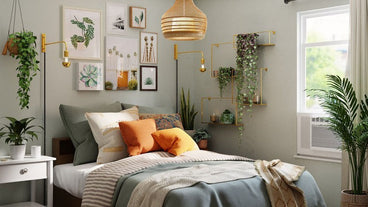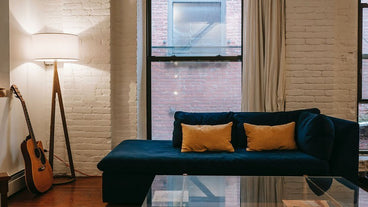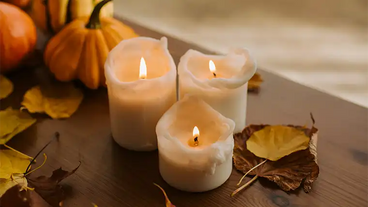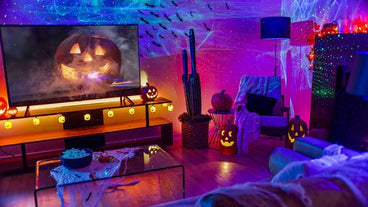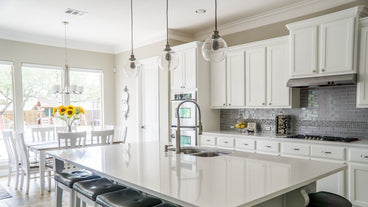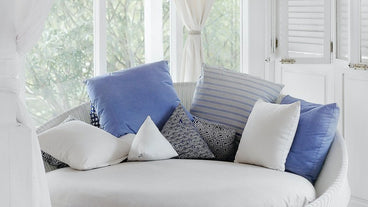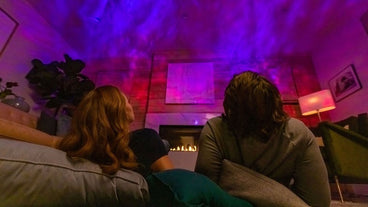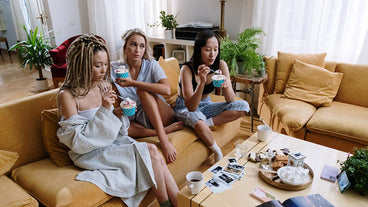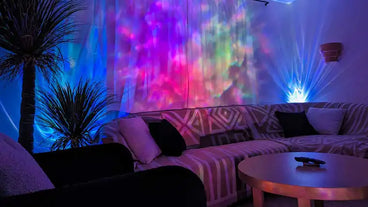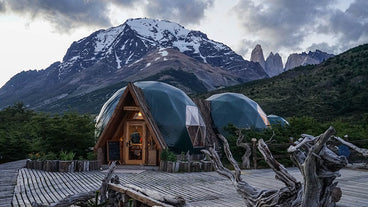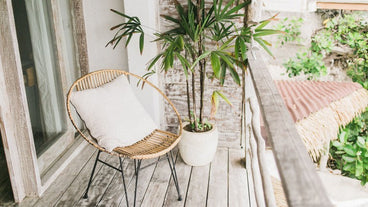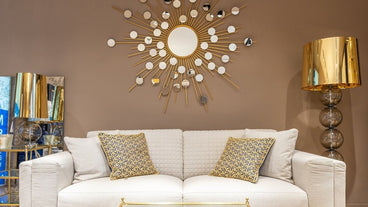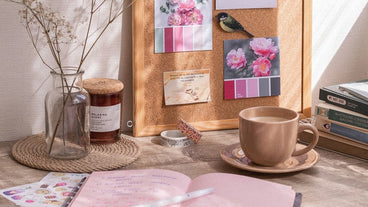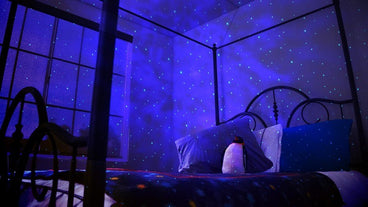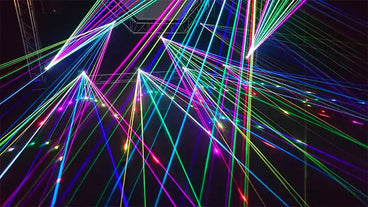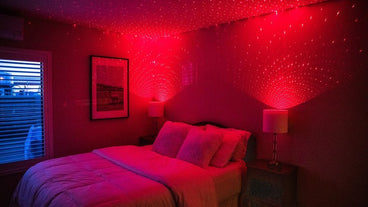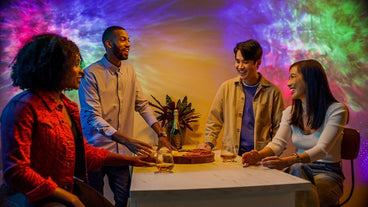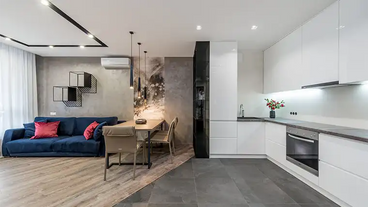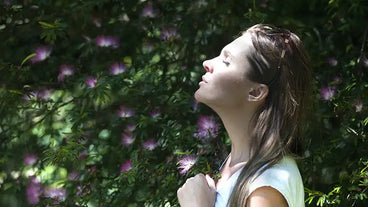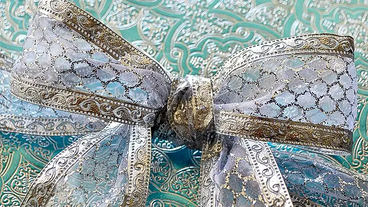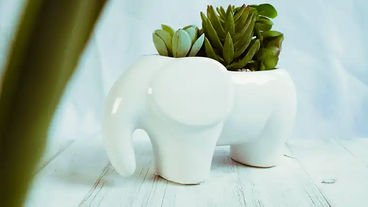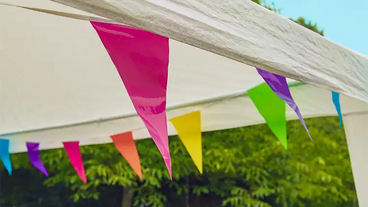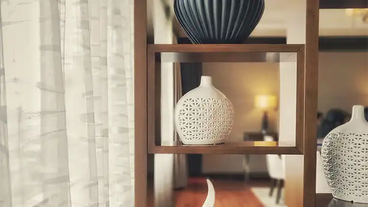Picture a space you’ve been in that, while well-lit, nevertheless feels unwelcoming. Were the lights harsh and sterile? That might be why. While this lighting does have some merit in certain settings, you certainly don’t want that harsh brightness to make up most of your home’s lighting – and that’s where warm lighting comes in. Read on to learn more.
What is warm lighting?
Warm lighting is often red or orange in hue – think of the beaming red color of the sun as it sets over the horizon. This light has a color temperature (a lighting unit measured in Kelvins, symbolized by K) of less than 4000K. Additionally, warm lighting is often associated with restfulness and nighttime.
The opposite of warm lighting is, unsurprisingly, cool lighting. Its color is often white or blue like how the sun appears at noon. Its color temperature is above 4000K (and yes, the fact that cooler lights have higher color temperatures can be confusing – we’ll explain momentarily). It’s often associated with wakefulness and your usual daytime tasks.

Wait, why is cooler lighting higher in color temperature?
It may seem counterintuitive that cooler light would have higher color temperatures than warmer light. However, despite cooler air or object temperatures corresponding with lower numerical values, cooler color temperatures correspond with higher numerical values. Likewise, warmer light is lower in color temperature.
To better explain color temperature, experts often group light into three categories:
- 2700K to 4000K: warm white light. You often see this yellowish warm light color in traditional incandescent bulbs. It can impart relaxing feelings, so you’ll often see it in spaces such as bedrooms and living rooms. Red light is also considered warm white light since sunsets are reddish and mark the transition away from high-Kelvin daylight.
- 4000K to 5000K: cool white light. This light adds subtle blue tones to warm white light. These hints of blue make cool white light somewhat more energizing than warm white light. That’s why cool white light is common in home offices and other task-oriented spaces.
- 5000K to 6500K: daylight. Sunlight is full of blue light, and many indoor lights replicate the sun’s natural color temperature range. These daylight-like indoor lights make great task lighting for reading, working, or applying makeup.

Warm lighting benefits
You can use warm lighting in your house if you want to procure any of these moods:
- Feeling more relaxed. Exposure to low-temperature lighting can help you feel calmer. To learn why, read the BlissLights blog post about lights for relaxation and creating a calm atmosphere.
- Changing how certain objects appear. This benefit of warm lighting is often seen as a disadvantage, but it’s not always a bad thing. Think about it like this: Makeup applied under warm lighting can appear differently under daylight, so conversely, decorations ill-fitting in a coolly lit room can look gorgeous in warmly lit rooms. Put another way, warm light can make a dull piece of decor shine in a new light (literally and figuratively).
- Preserving your eyesight. Artificial cool lighting emits more ultraviolet rays than warm lighting, so artificial cool light exposure can damage your eyesight. Opt for warm lighting instead to preserve your eyesight.
- Taking better photographs. Many photography experts say that warm light is more inviting for portrait photography. Warm lighting from a sunset can also give an outdoor location a drastically different appearance and feeling than cool midday lighting.
- Setting a romantic mood. Think of a classic evening date scene from a typical rom-com: The lights are low, and plenty of candles are lit. That’s because candlelight is among the lowest-temperature lighting around, and warm lighting is great for romantic settings. Try dim reddish colors on your next at-home date night to get the sparks flying.

Where should I use warm light?
Warm lighting is great for:
- Bedrooms. Since warm light is correlated with relaxation, lighting your room warmly before bed could potentially help you gently drift into a blissful night’s sleep.
- Living rooms. Use warm light in your living room to make your decor appear especially gorgeous or set a tranquil (perhaps even romantic) vibe for your guests.
- Bathrooms, but only for certain activities. Although warm lighting is a no-go for applying makeup in your medicine cabinet mirror, it can make your luxurious bath on your self-care night even more relaxing. If you do use warm light in your bathroom, make sure you still have plenty of cool light as well – see the BlissLights blog post about bathroom lighting to learn why.

Ways to use warm lighting
Now that you know why and where to use warm lighting, below are some easy ways to add warm lighting to your space:
- Use a night light. No, they’re not just for kids – people of all ages can enjoy night lights and the warm lighting they provide. Lights with warmer color temperatures such as lava lamps or electric candles cast off just enough relaxing light to help you fall asleep. And if adults know anything, it’s that people of all ages often need some extra help to get to Dreamland.
- Hang string lights throughout your space. Maybe you think of red and green Christmas lights when you first think of string lights, but these lights are useful for so much more than holiday cheer. For starters, red string lights are inherently warm as described earlier. However, for year-round string light use, choose lights that emit classic warm white light. You’ll be able to navigate through your space just fine if needed, but you might also feel so relaxed that meditation or just lying there is that much easier.
- Ditch artificial lights for candles. As mentioned earlier, candles emit the warmest of all light. Whether you’re settling in for a soothing bath or transforming your living room into a romantic space, the especially warm lighting that candles emit gets the job done. Just make sure to blow them out before leaving the room or calling it a night – candles can be fire hazards.
- Add wall sconces. Wall sconces do double duty for warm lighting. They scatter just small amounts of light throughout your room, and this low-light effect matches the warmth of the low-temperature light they emit. Additionally, their often artistic shapes and designs add another enticing layer to your interior design.
- Use smart and LED lights. Smart lights and LED bulbs (many of which are smart lights) give you full control over your lights’ colors and temperature. This means that with smart LED lighting, you can make your room appear as warm or cool as you desire. Other color lighting technologies take this control a step further.
- Use laser lights. As artificial color lighting goes, red laser light is a top-notch choice when it comes to warm lighting. Certain laser lights are designed for portability so that you can take your warm red light with you throughout your home – the red BlissLights StarPort USB is a great example. Other red laser lights work better as stationary accent or task lights, such as a red BlissLights BlissBulb. Both these lights provide gorgeous red patterns and are only the start when it comes to innovative, relaxing warm lighting.


BlissBulb Laser LightBulb
$9.99
Transforming your world is as easy as changing a lightbulb.
Relax in warm lighting with BlissLights
Warm lighting is ideal for achieving relaxing, romantic vibes in bedrooms, living rooms, and sometimes bathrooms – and to harness its full potential, you might need more than just ordinary indoor lighting. That’s where BlissLights comes in.
Several BlissLights laser lights come in red varieties ideal for warm lighting, and that’s not all. Beyond their colors, these lights’ starry-sky patterns are just as soothing as their hues. Browse our collection now to find laser lights that both warm your lighting and elevate your surroundings.
You may also enjoy these...
Discover fun and unique lighting ideas on the BlissLights Lighting Blog!




